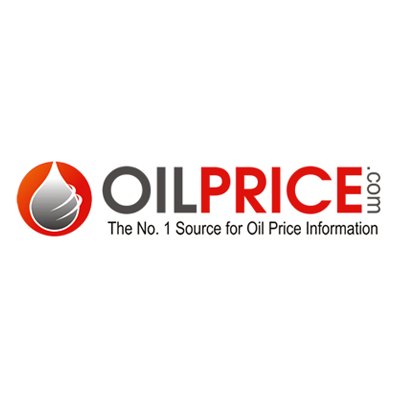Mars is hit by meteorite impacts almost daily, with impacts about five times more frequent than previously estimated, according to seismic recordings made on the Red Planet.
So far, we have estimated the frequency of these impacts using models that combine observations of meteorite craters on the Moon and images of the Martian surface taken by orbiting probes.
We modified these models to match the characteristics of the Red Planet. Mars is much larger than the Moon, much closer to the solar system's main asteroid belt, and a prime target for large rocks wandering through space.
Moreover, it is almost devoid of an atmosphere – its atmosphere is a hundred times thinner than Earth's – and it cannot even rely on this protective shield to break up some meteorites.
An international team led by researchers from the Zurich University of Applied Arts (ETH) and Imperial College London has brought the journal Astronomy Nature Friday posted a new look at the subject, thanks to audio.
“It seems that hearing about the effects is more effective than trying to see them if we want to understand how often they occur,” Gareth Collins, co-author of the study and a professor at Britain’s Imperial College, said in a press release from his office.
And what could be better than the SEIS (Seismic Experiment of Internal Structures) seismometer, a device produced under the supervision of CNES (National Centre for Space Studies).
NASA's InSight lander landed on Mars' Elysium Plain in November 2018, allowing humanity to for the first time press its ear to the planet's surface. The initial goal is to measure its internal activity and potential seismic events.
“Hear every trace”
The team used this data to determine that the planet is hit by between 280 and 360 meteorites each year, creating craters at least eight meters in diameter. “This rate is five times higher than the number estimated from images taken in orbit alone,” explains ETH researcher Geraldine Zenhauser in a press release from her institution.
Identifying small meteorite craters with an orbiting probe is more difficult because the planet is the scene of frequent sandstorms that can mask them.
“If new craters can stand out better on flat, dusty terrain, that type of terrain only covers half the planet,” according to M.I The advantage of the seismograph was “the ability to hear every impact within the range of the probe.”
The team's calculations depend on identifying a specific type of sound waves that spread across the surface of Mars when the meteorite hits. These events, called Marsquake-VF (Mars high-frequency quakes), made it possible to estimate the diameter of the crater and its distance from the rover.
Then count the number of craters formed in one year within a given radius around the probe, before extrapolating this data to the planetary scale.
“This is the first study of its kind to quantify the frequency of meteorite impacts on the surface of Mars using seismic data,” says Professor Domenico Giardini.
The data, he added, “should be taken into account when planning future missions to Mars.” The planet is hit almost every month by a meteorite that creates a crater at least 30 metres in diameter.

“Hardcore beer fanatic. Falls down a lot. Professional coffee fan. Music ninja.”






More Stories
SALES / PHOTO SALES – Nikon D850 “5 Star” Bare Body Photo Body at €2,539.00
Discovering a new turning point under the Antarctic ice sheet! What are the consequences?
Record number for an insect!